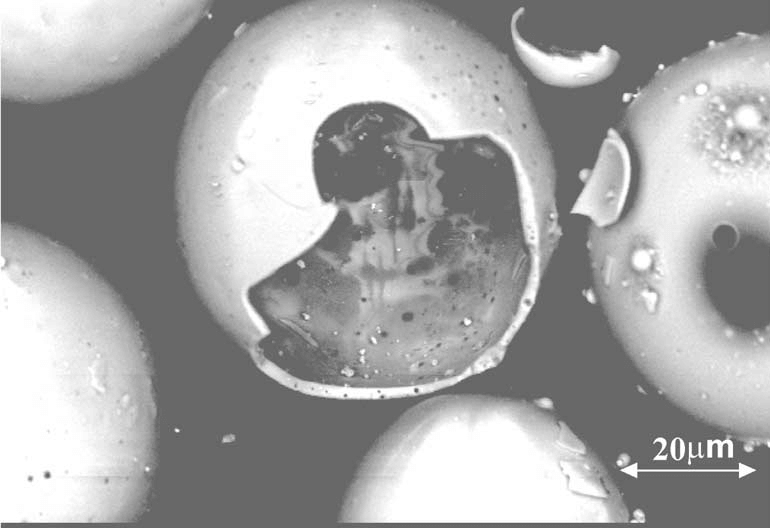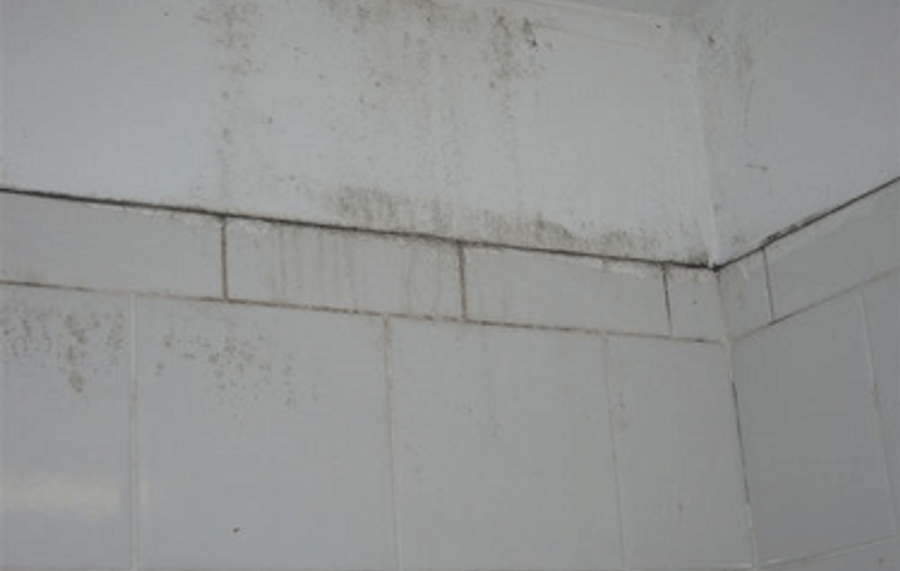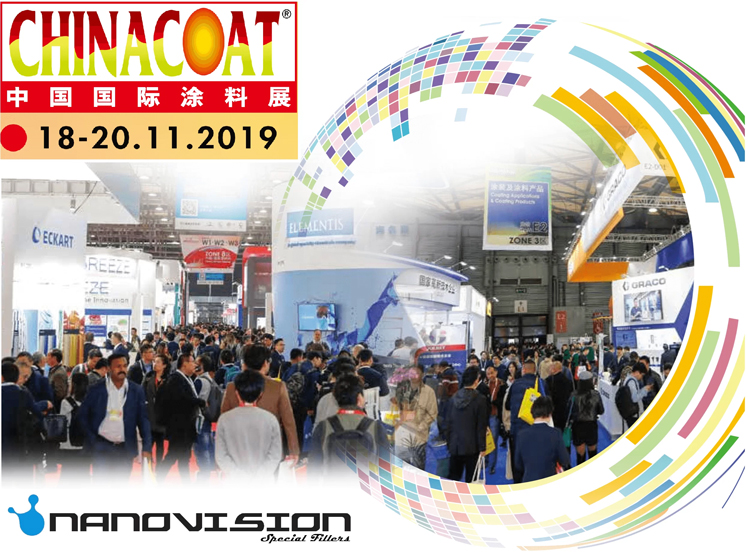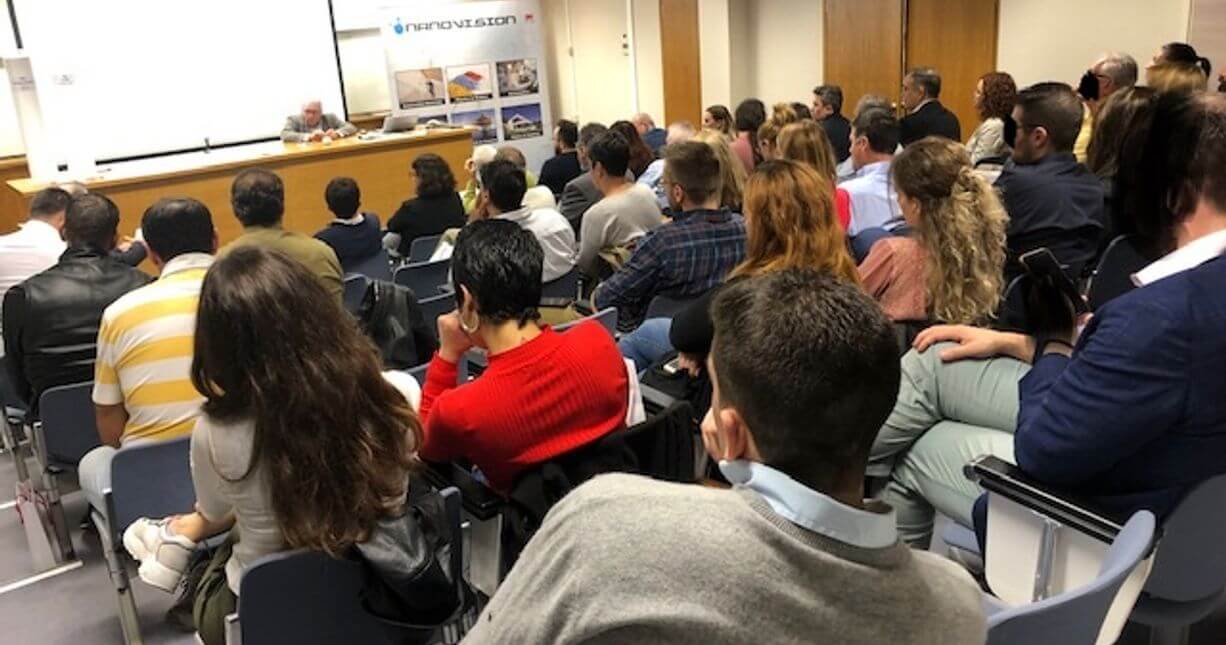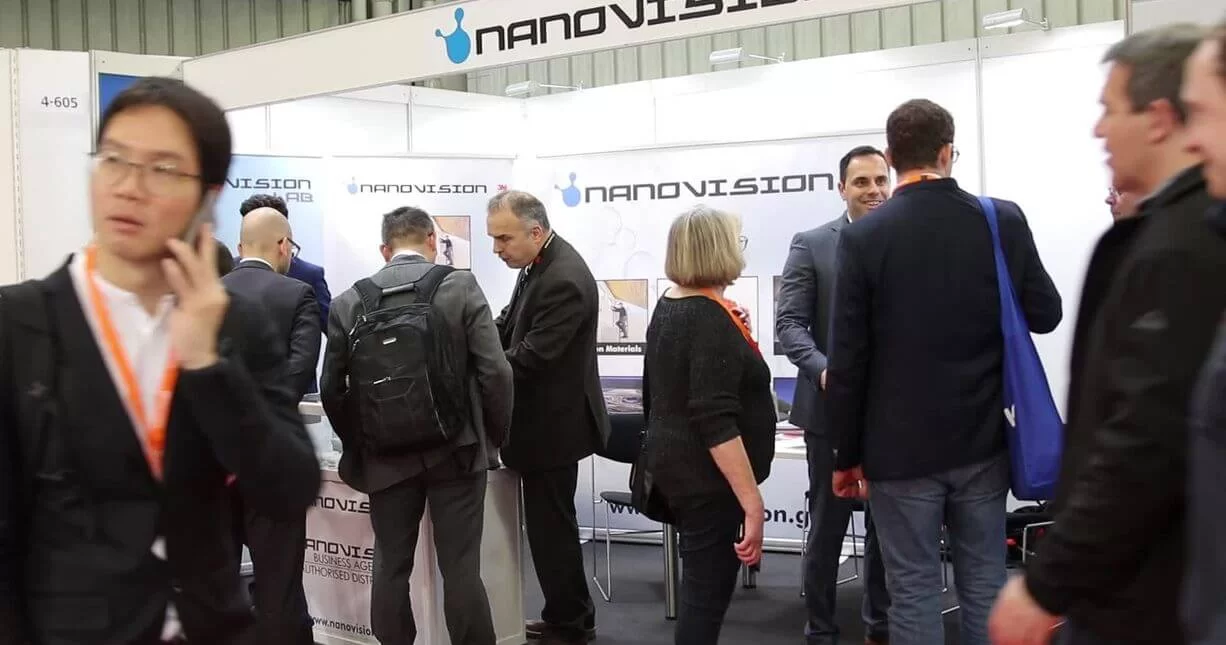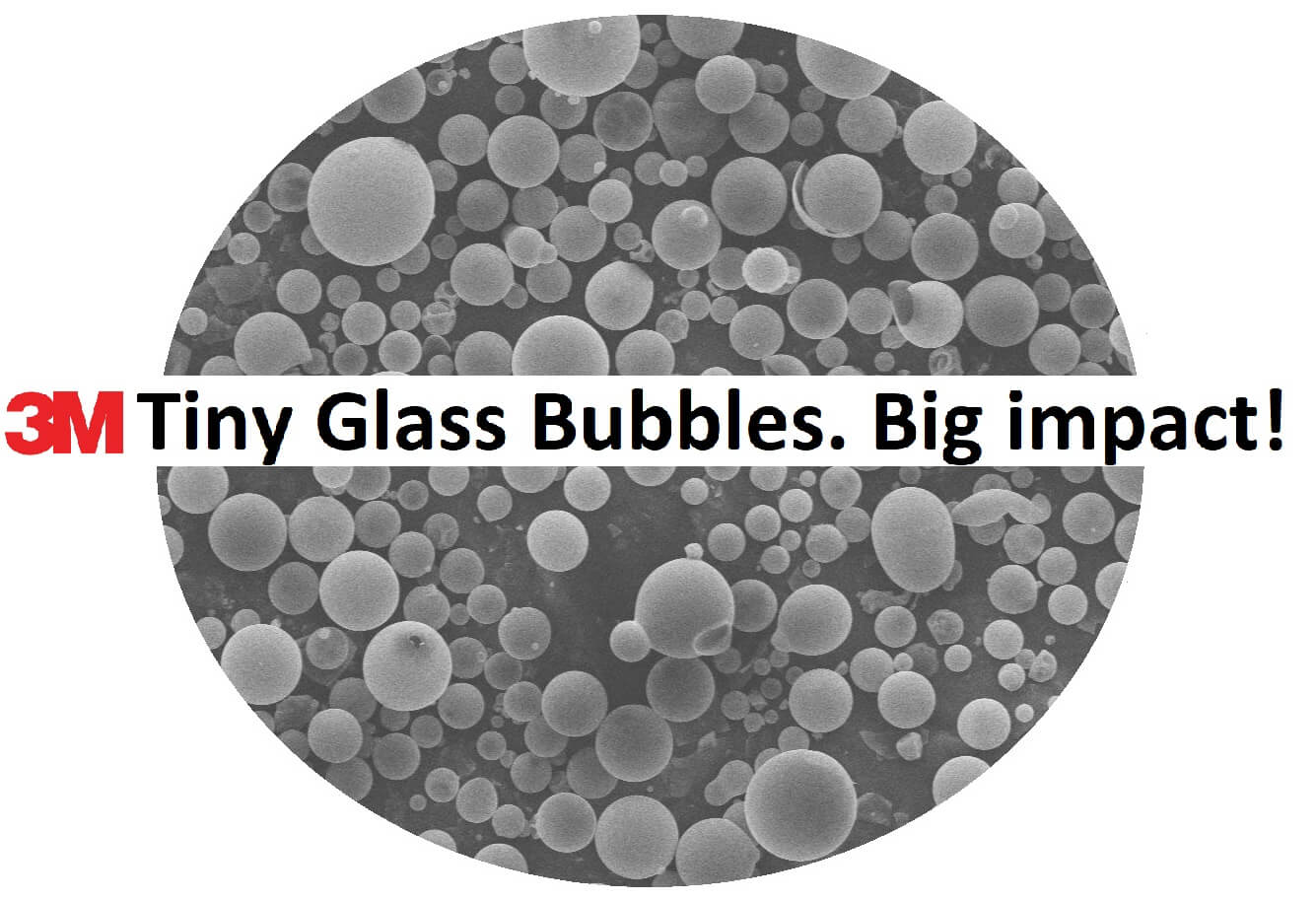{{placeholder content=’e3ticml6eV9kY19wb3N0X3RpdGxlfX0=’}}
International researchers warn that excessive carbon dioxide emissions into the atmosphere will, in the long run, degrade the quality of life on the planet. The production of cement, the most important structural material in the modern era, contributes to the burden of the atmosphere since, during its synthesis, it produces from 500-900kg CO2 for each ton of final product.
In particular, during the production of cement, greenhouse gases are released both directly through the production of carbon dioxide when calcium carbonate decomposes thermally, producing lime and carbon dioxide, as well as through energy use, especially from the burning of fossil fuels. As a result, 600-900 kg of CO2 is emitted for the production of each ton of cement, representing 88% of the emissions related to the average product from the concrete mix.
Building materials with an ecological footprint
- Did you know that the production of OPC cement, the most important building material in the modern era, contributes to the burden of the atmosphere during its production with ~650kg CO2 for each ton of finished product?
- Did you know that for the construction of a house ~ 200 m2 the load of the atmosphere, only from the basic building materials based on cement, exceeds 60tons while the use of various forms of cement required for its construction exceeds ~ 80ton. Imagine how much it takes for a public project or a dam or a bridge!
- In our country, about 10,000,000 tons of CO2 are emitted annually only for the production of cement, since its process requires the burning of fossil fuels and electricity.
The built-in energy of cement mixtures
The built-in energy of cement mixtures can be reduced due to the addition of other aggregates and pozzolanic materials that are relatively abundant and do not absorb energy for their production. Of course, we exclude the transport charge that can reach 7% of the total built-in energy of a mixture (e.g. concrete), but cement production alone represents 70% of the total blends.
The evolutions in the field
Several emission reduction programs are being developed by governments and regulators, through the introduction of new regulations, environmental taxes and rising fuel prices. However, to support these effects, other available minerals or useful wastes may be suitable for mixing with OPC as substitutes or in some cases substituting as binders.
To face the aforementioned waste of energy and additional environmental burden we can alternatively use zero energy waste materials to achieve lower total integrated energy e.g. 469.4 kWh/tonne compared to that of a 70% cementitious blend that reaches ~ 850 kWh/tonne. This is achieved if we replace the cement with GGBS by 20%. The replacement ratio of cement with high-grade slag can reach up to 70% depending on the use. It is estimated that every 1% replacement of cement with GGBS represents a 0.7% reduction in kWh / ton energy consumption.
Therefore, in order to reduce the built-in energy contained in cement-based mixtures such as concrete and various other mortars, it will be necessary to replace OPC with materials of equal hydraulic and mechanical value such as furnace slag (GGBS) which is a zero integrated energy material (except transport).

Find more for GGBS
{{ brizy_dc_global_blocks position=’bottom’ }}

